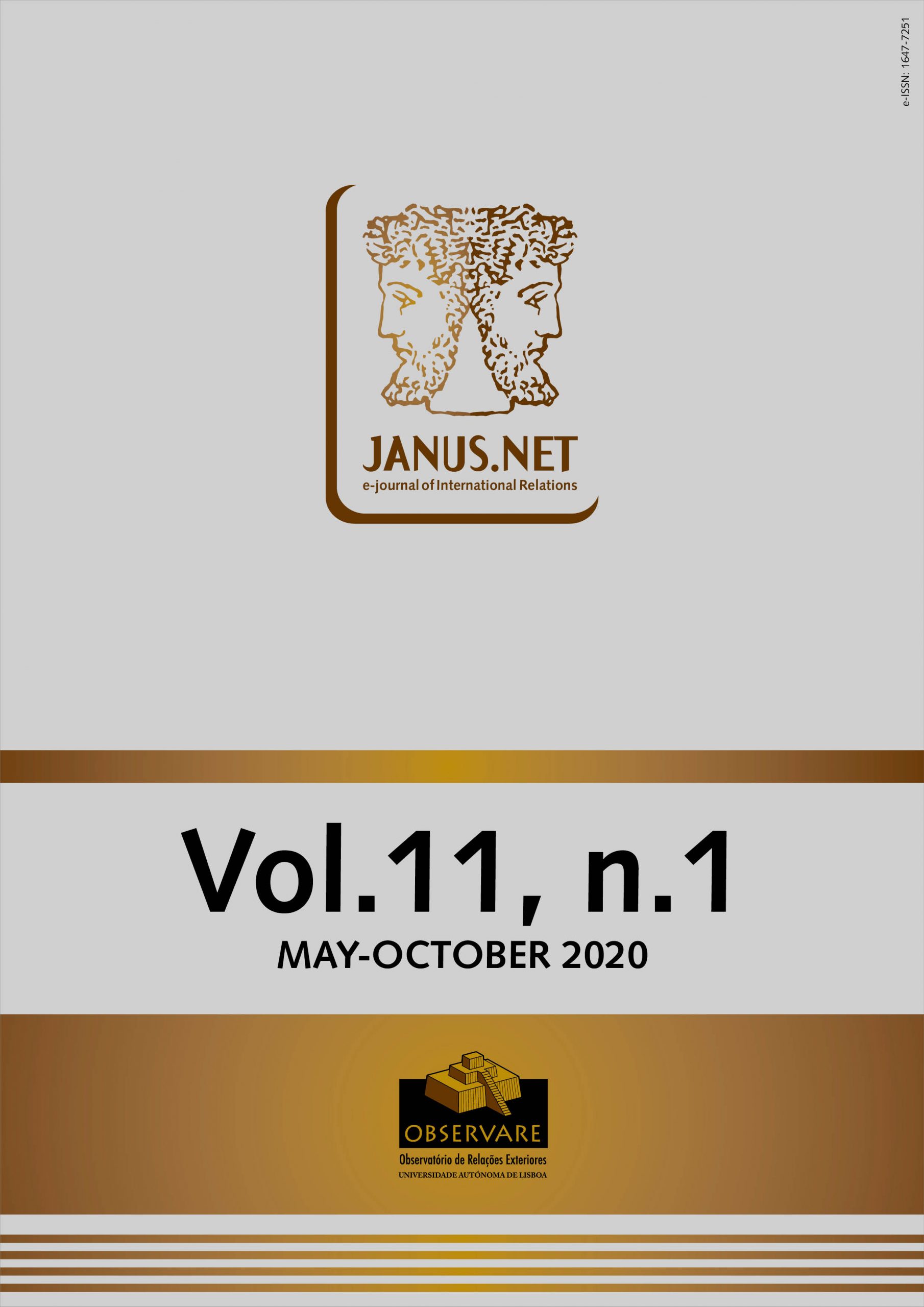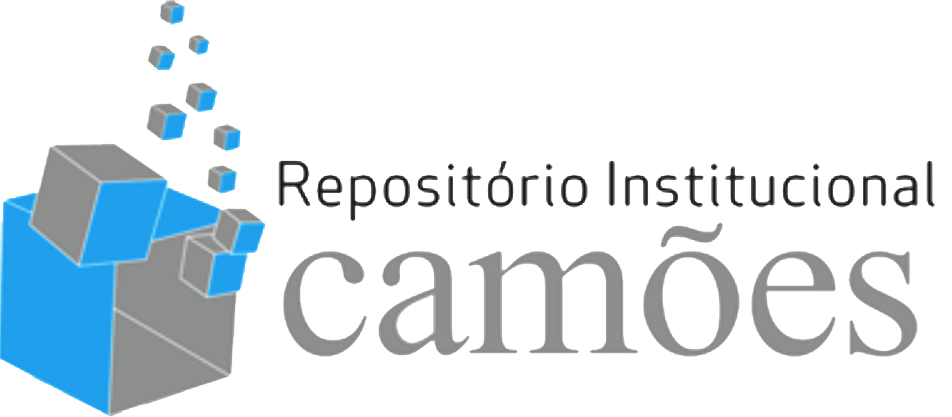This article aims to present some partial results of research about asymmetry in international relations, focusing on the EU’s Common Position on Cuba and its consequences for the links between both players. The paper examines the EU’s loss of the channels of influence, the persistent fractures and competition between the European supranational strategy and the national diplomacies of the Member States, and the underestimation of the contextual and relational factors that acted in favour of Cuba.
MYTHS AND REALITIES OF THE ASYMMETRIC RELATIONSHIP: CUBA, THE EUROPEAN UNION AND THE FAILURE OF THE COMMON POSITION (2006-2016)
»
Professor and researcher at the Institute for Higher National Studies (Instituto de Altos Estudios Nacionales, IAEN, Ecuador). Lecturer, international analyst, former diplomat and ambassador and expert in Negotiation and Conflict Theory
Resumo
El presente artículo tiene como objetivo la presentación de los resultados parciales de una investigación dedicada a la asimetría en las relaciones internacionales, y que aborda como uno de sus casos de estudio la Posición Común de la UE sobre Cuba y sus consecuencias para los vínculos entre ambos actores. La pérdida de los canales de influencia de la UE, las persistentes fracturas y competencia entre la estrategia supranacional europea y las diplomacias nacionales de los Estados miembros, y la subestimación de los factores contextuales y relacionales que actuaron en favor de la Isla, están entre los ejes de la ponencia.
Palavras-chave
Como citar este artigo
Levis, Rogelio Plácido Sánchez (2020). “Myths and realities of the asymmetric relationship: Cuba, the European Union and the failure of the Common Position (2006-2016)”. JANUS.NET e-journal of International Relations, Vol. 11, N.º 1, May-October 2020. Consulted [online] on the date of the last visit, https://doi.org/10.26619/1647-7251.11.1.4
Article received on 5 July, 2019 and accepted for publication on 28 February, 2020















